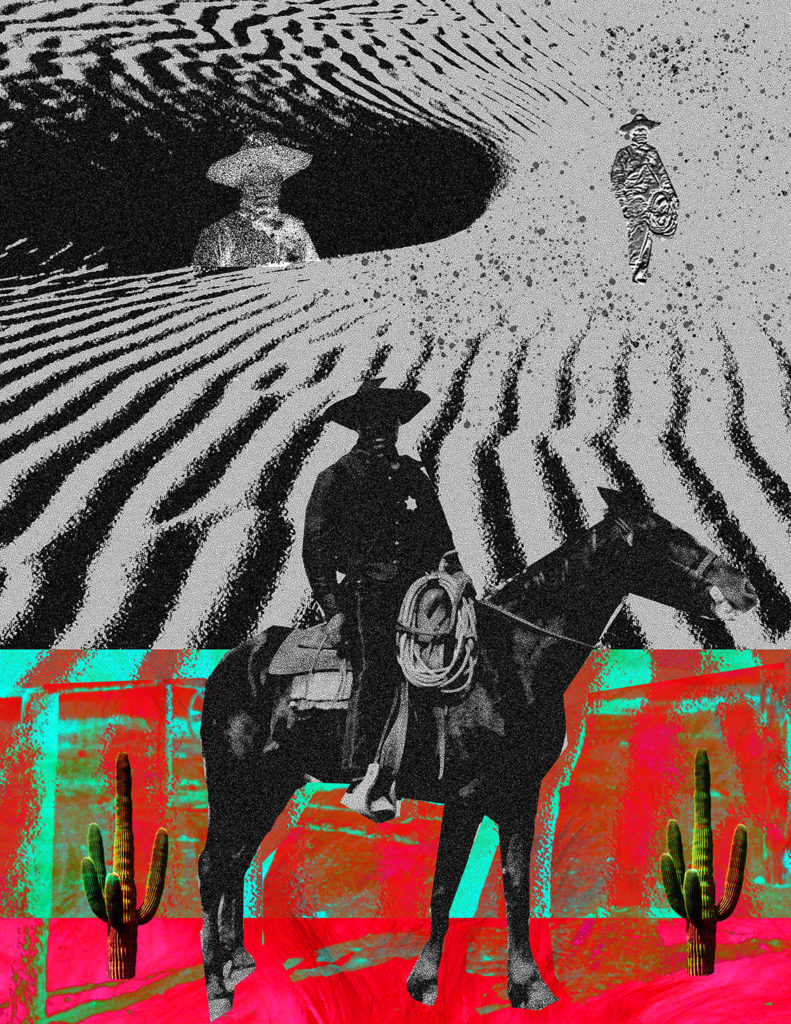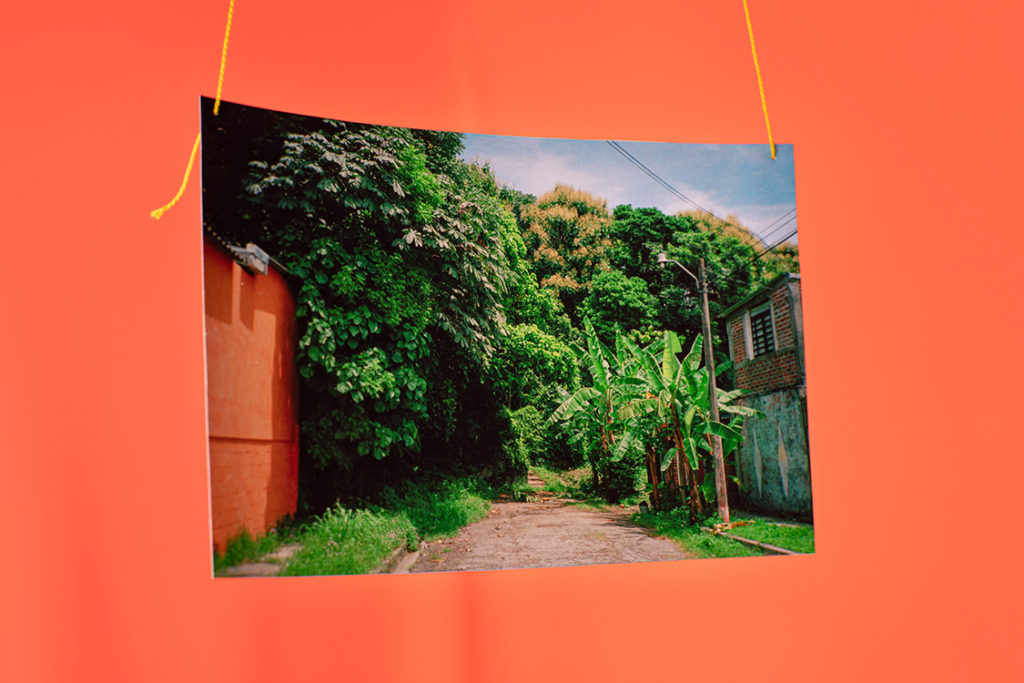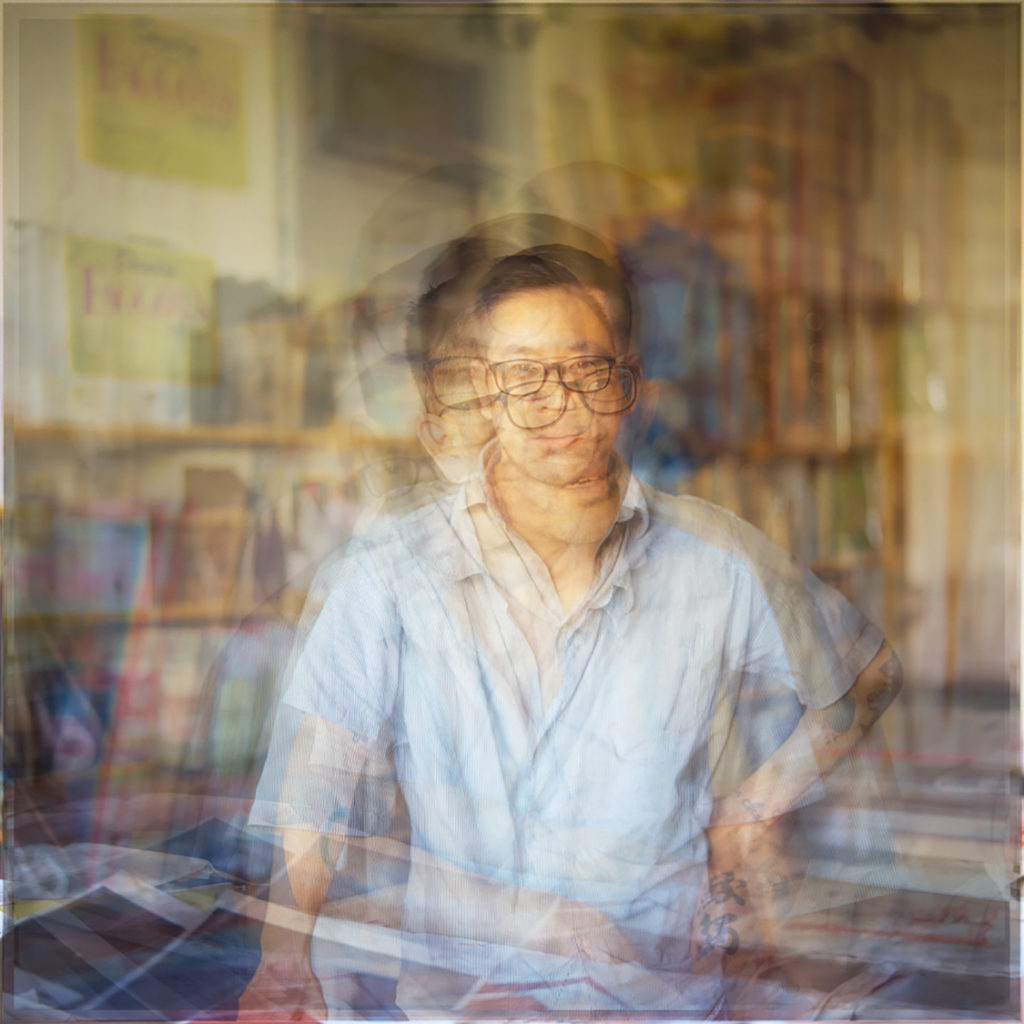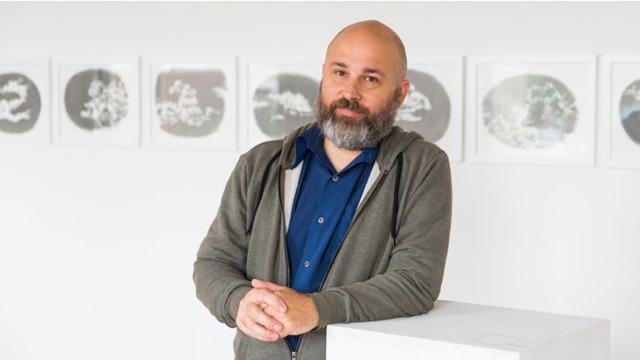Q&A with Guest Curator Matt Distel
Posted on August 29, 2022
Matt Distel is the Exhibitions Director for The Carnegie in Covington, KY. Distel, a Cincinnati native, has been organizing exhibitions since 1994 with a particular focus on artists from the region. These Things Are Connected will run October 1, 2022–January 28, 2023 at The Carnegie.
Matt Distel is the Exhibitions Director for The Carnegie in Covington, KY. Distel, a Cincinnati native, has been organizing exhibitions since 1994 with a particular focus on artists from the region. Prior to joining The Carnegie, Distel held curator roles at the Cincinnati Art Museum and the Contemporary Arts Center as well as served as Executive Director of Visionaries + Voices and co-founder and director of Country Club, a commercial gallery based in Cincinnati and Los Angeles. Distel has curated and organized numerous exhibitions and installations including projects with SIMPARCH, Kendell Geers, Guy Ben-ner, Katerina Burin, Temporary Services, The Yes Men, Beth Campbell, Alexis Rockman, Jay Bolotin, Shana Moulton, Future Retrieval, Terry Berlier, Design 99, Courttney Cooper, Ryan McGinness, Ellen Berkenblit, Edie Harper, Tom Wesselmann and Atlas Group.

These Things Are Connected will run October 1, 2022–January 28, 2023 at The Carnegie. For this exhibition, The Carnegie brings together five curators working inside and outside of the Cincinnati/Northern Kentucky region to select and develop projects based on linking artists across different geographies. Each curator selected a pair of artists to respond with lens-based projects and installations:
- Matt Distel, Exhibitions Director for The Carnegie, Covington, KY and co-curators:
- Esther Callahan, Co-Artistic Director + Curator at Arts + Rec Uptown and Independent Curator, Minneapolis, MN
- Daniel Fuller, Writer and Curator, Atlanta, GA
- Cameron Granger, Artist and Filmmaker, Columbus, OH
- Tif Sigfrids, Owner and Director of Tif Sigfrids Gallery, Athens, GA and New York, NY
Visit The Carnegie on Saturday, October 8, 2022 as Sergio Aguillón-Mata moderates a panel discussion with the 5 exhibition curators for These Things are Connected from 3:30–5pm, followed by a reception at 5pm. Both events are free and open to the public.
FotoFocus reached out to Distel to discuss the exhibition.

FotoFocus: How did you develop this exhibition concept and how does this fit within The Carnegie’s mission?
Matt Distel: For the past several seasons at The Carnegie we have been experimenting with different curatorial models. The focus has been on testing ways of building exhibitions and programs that prioritize creating new opportunities for artists living and working in this region. To that end, we have sought to bring curators, artists, writers, gallerists, critics, etc into the area to engage with artists from around here. The general rule of thumb is that we want to introduce guest curators to new artists and have them introduce us to artists that we have not worked with. Working with FotoFocus seemed like an ideal opportunity to expand the reach and scope of this idea by bringing in a small team of curators to develop an exhibition. Speaking in very general terms, this has led to a bit of a shift away from thematic exhibitions and toward what I call “structural” exhibitions in which we are more concerned with developing new relationships between artist and curator rather than selections that support a particular pre-determined thesis. Of course, we are still engaged in ideas, building connections between works of art, interpreting objects, providing context for artists and facilitating a public dialogue but all of that is now driven by the determined goal of introducing artists and curators who may not otherwise meet. Themes and overarching theses emerge organically through this process. SO! What that has meant for These Things Are Connected is that five curators have been tasked with each selecting a pair of artists—one they have worked with before or hails from their own geographic corner of the world and one that lives and works closer to Northern Kentucky/Cincinnati. Thematic and visual connections or differences will be drawn in the installation and create a network of ideas and objects that reflect the current interests of the invited curators.

FF: How did you choose the curators?
MD: I primarily wanted to find a mix of curators with different backgrounds in the art world and different ways they might approach a curatorial project. I enjoy shows with a specific point-of-view, but I also find a lot to learn from shows that feel wide-ranging and embrace expansive views of a media or even clash in their approach to art objects. I am not necessarily trying to engineer any of that, but I do sometimes think of my role as creating an engaging platform for interactions to take place, interactions we can’t predict. Each of these curators occupy multiple positions in the artworld—curator, writer, gallerist, entrepreneur, activist, artist, critic—but they are linked by a drive to seek out new artists and build thoughtful programs. I also made an effort to pull from a variety of geographic locations as that also can reveal interesting connections between different art scenes.
FF: What is the level of interaction between curators?
MD: Each curator has worked pretty independently in the build up and planning. The bulk of the interaction thus far has been conversational and negotiating gallery space. This is somewhat by design. We are looking toward the time that the artists have finished their installations as when the interactions really begin. Each curator will have their own internal logic for the artists they are working with. When that focus shifts to the artists is when we will see where there is formal and conceptual overlap and where ideas about photography diverge.
